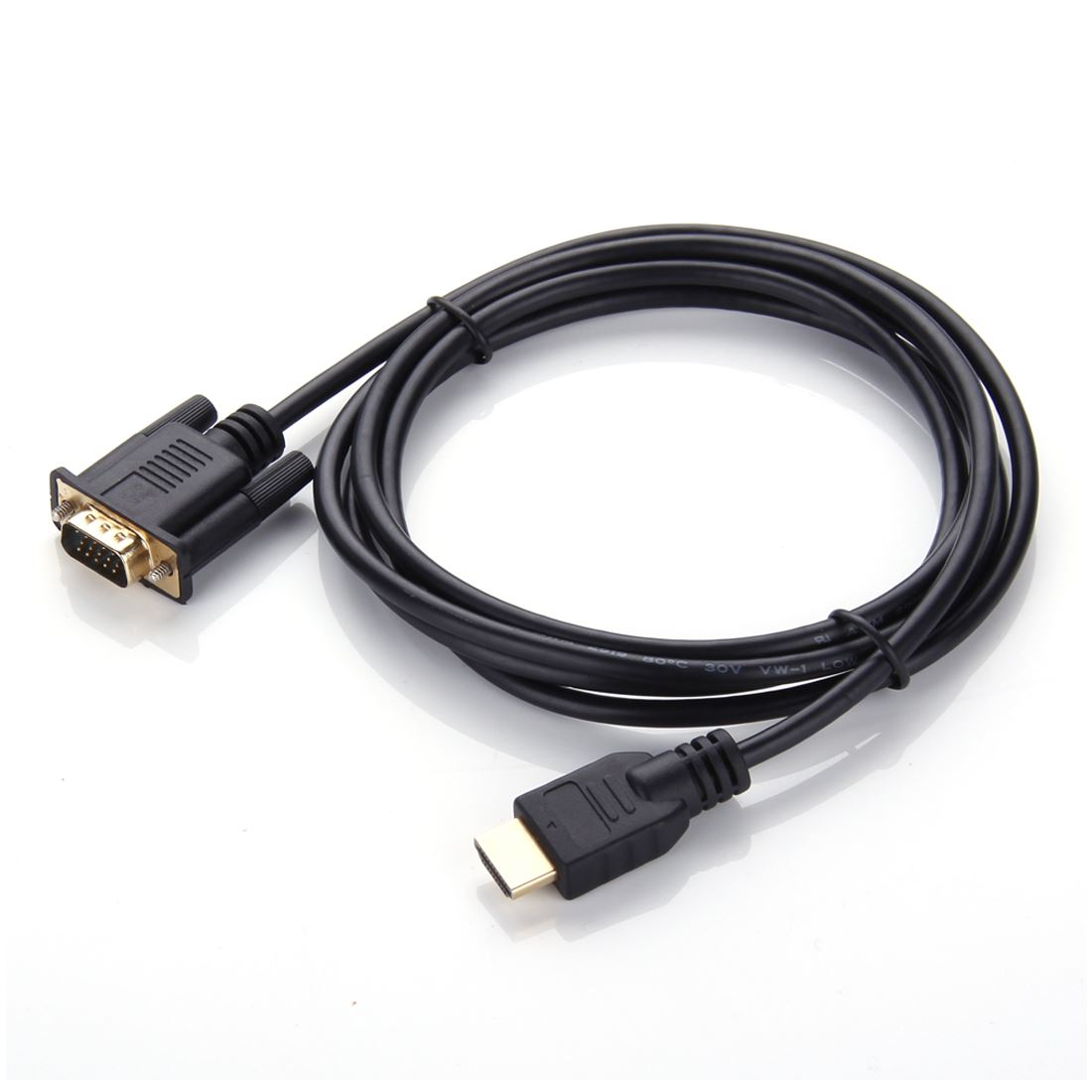

I mean, in general this is a good idea, but here specifically it should help you make out fine details better, like text. It's also a good idea to lower the sharpness control. This should help reduce input lag, the delay between you pressing a button and that action showing up on screen. It might be disabled automatically, but if the edges of your desktop are cutoff, dig deep into your TV's menus for something like "size" or "zoom." If you're gaming, also see if your TV has a game mode. On the TV side, make sure you disable your TV's overscan. If you're also trying to send audio, that might need to be switched on as well, either by clicking the speaker button in the lower right on Windows, or in System Preferences on Mac. A Monoprice high speed HDMI cable allows you to connect your projector to your television without having to use an expensive separate connection.

In theory this won't be an issue, but if you're finding text hard to read, or overall the image looks poor, make sure the laptop's output matches your TV's resolution. Your TV and your laptop's screen are probably different resolutions. Best streaming device of 2020: Roku, Apple TV, Fire Stick, Nvidia Shield and more compared.



 0 kommentar(er)
0 kommentar(er)
